(MENAFN- USA Art News) Barbara Millicent Roberts-better known as Barbie-is one of the most recognizable faces and toys in the world. Created by businesswoman Ruth Handler and launched by Mattel in 1959, Barbie quickly became an inextricable part of the American cultural fabric, ultimately inspiring everything from hyper-feminine Barbiecore aesthetics to rousing conversations on feminism, beauty ideals, and commercialism.
It follows, then, that the iconic plastic doll and her myriad accessories have too served as a powerful source of inspiration for artists, standing in as a muse, model, and symbol of pop culture.
Though Barbie has stayed front of mind for collectors and the children who play with them, with the release of Greta Gerwig's hotly anticipated movie , Barbie-mania has reached a fever pitch. In honor of the revitalized interest in all things Barbie, here are seven works that put her front and center.
Andy Warhol
(1986)
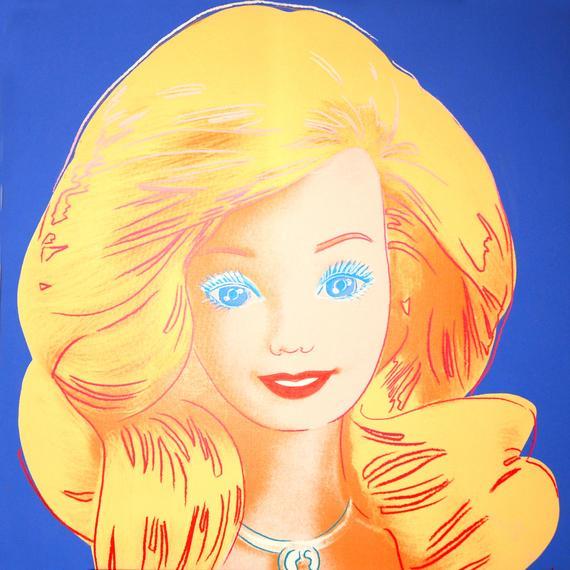
Andy Warhol, Barbie, Portrait of BillyBoy* (1986).
Andy Warhol was obsessed with celebrity, with many of his works featuring some of the most famous faces of the 20th century-from Marilyn Monroe and Jackie O. to Queen Elizabeth II and Muhammad Ali. It's not surprising that he turned his attention in 1986 to one of the most famous faces of all time: Barbie. Ironically, however, Barbie was not the portrait he initially wanted to create. Artist, socialite, and fashion designer BillyBoy* was a longtime friend and muse of the Pop artist, and Warhol desperately wanted to create a portrait of him-which BillyBoy* continuously refused. Finally, fed up with Warhol asking, BillyBoy* told him:“If you really want to do my portrait, do a portrait of Barbie because Barbie, c'est moi.” And so Warhol did, commemorating BillyBoy* through the portrait's title.
David Levinthal
(1997)
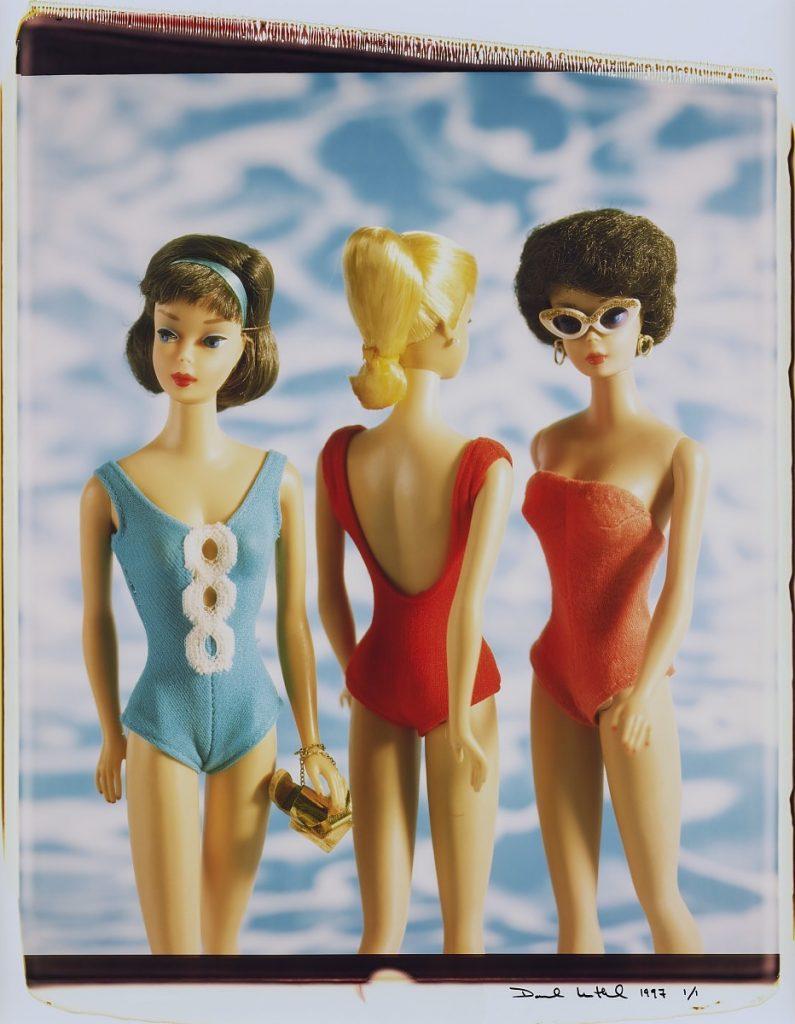
David Levinthal, (1997) © 1997, David Levinthal. Collection of the Smithsonian American Art Museum, Washington, D.C.
American photographer David Levinthal has made a career photographing meticulously staged dolls and small toys, creating atmospheric vignettes that could be mistaken for film stills or real life. Through these dramatic scenes, Levinthal taps into everything from pop culture and historical events to racism and politics. In his“Barbie” series, the photographer used the doll as a fashion model, impeccably dressed and posed in the same manner as a woman would be for an ad campaign or in a fashion magazine. Through these images, Levinthal points to the way women have and are objectified and their bodies commercialized, particularly in the post-war era.
Sheila Pree Bright
(2023)
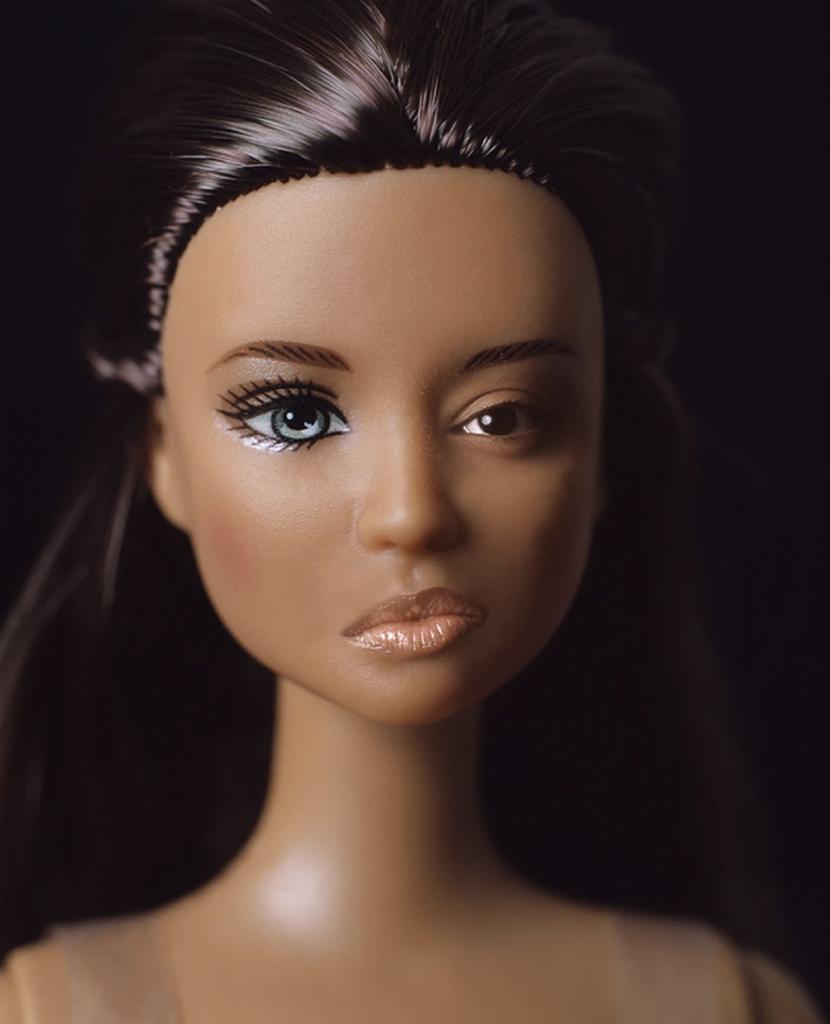
Sheila Pree Bright, from“Plastic Bodies” (2003). Courtesy of the artist.
In photographer sheila pree bright 's series of images featuring Barbie dolls from her series“plastic ,” the boundary between human and doll is uncannily blurred. Fusing images of Barbies with real women, the artist visualizes the pressures of beauty standards-specifically white beauty standards. In contemporary culture, perfection is an unattainable goal that must still be continuously pursued, leading to what the artist described as the female body becoming more a replica of a doll rather than the other way around. By carefully composing and merging elements of Barbie with human women, Pree Bright explores the insidiousness of perfection and invites complex reflections on the impact and influence of mass media's and culture's depictions of women.
Beau Dunn
(2012)
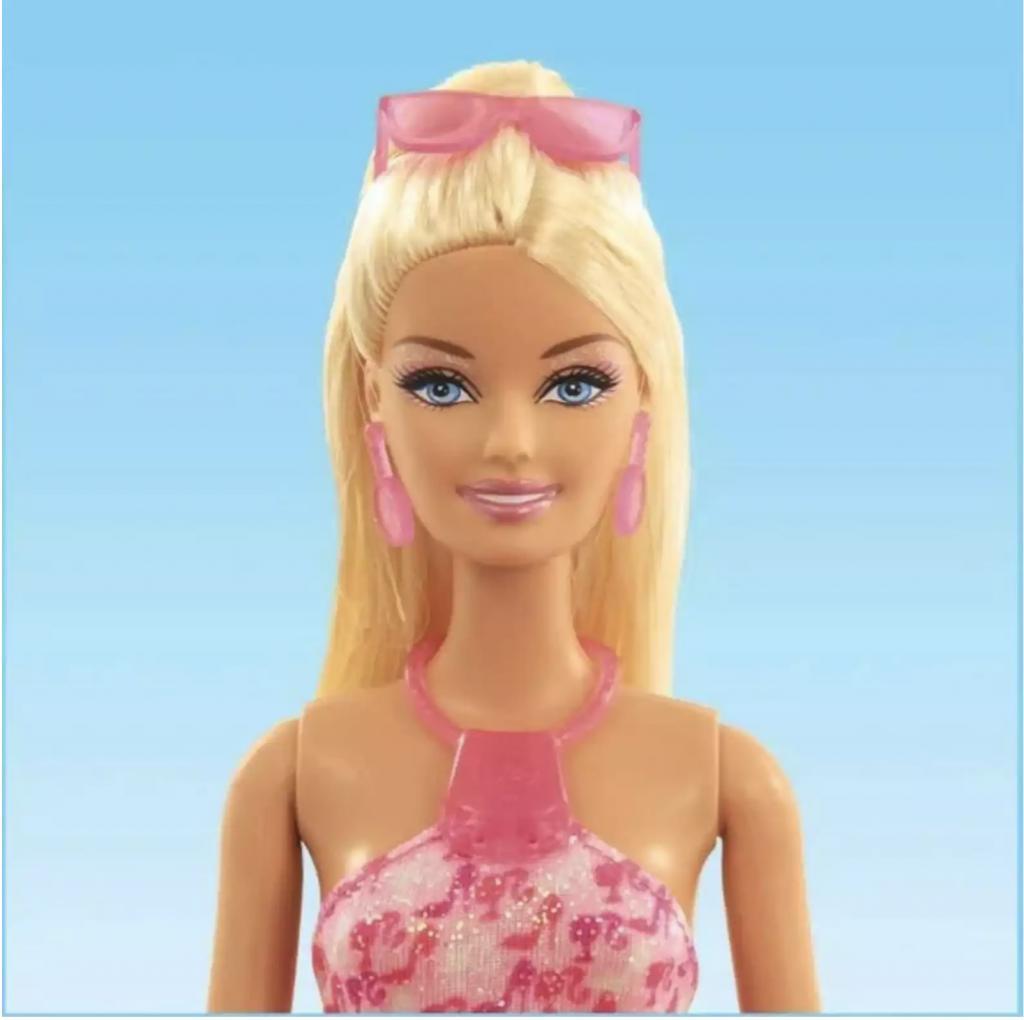
Beau Dunn, (2012). Courtesy of the artist.
Los Angeles-based actress, model, and mixed media artist Beau Dunn has long been interested in Barbie as both a collectible and for the doll's cultural symbolism. Her tongue-in-cheek photographic series“Plastic” features an array of ultra-feminine, immaculately presented Barbies-both vintage and contemporary-which have garnered a cult following (editions can be found in both Claudia Schiffer's home and Kylie Jenner's glam room). The works create a dialogue between Barbie as a toy for small children and the pervasive social and cultural demands to look“perfect.” The photographs were borne out of Dunn's own experiences growing up in Los Angeles, where the pressure to have the perfect body and wardrobe are often heightened.
Sara Zaher
(2019)
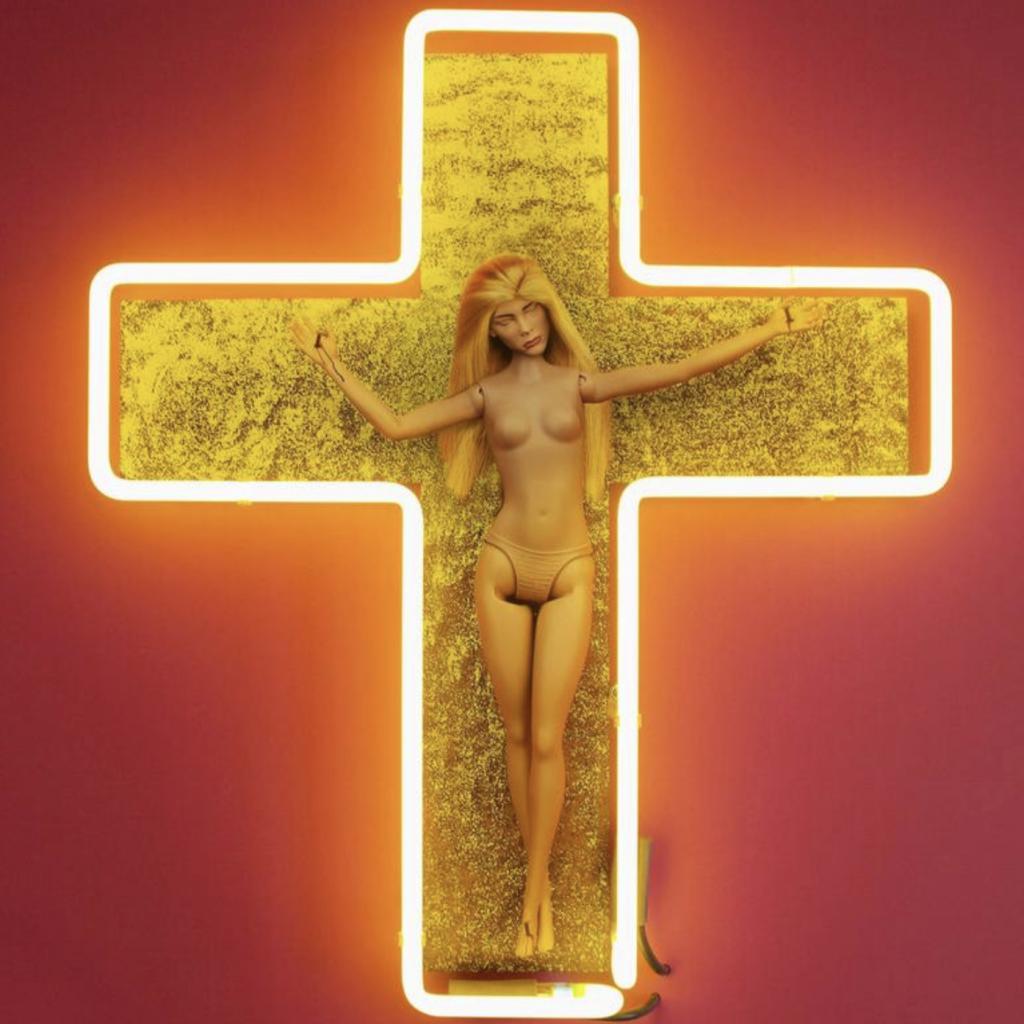
Sara Zaher, (2019). Courtesy of the artist.
Originally from Cairo and currently based in New York, artist and designer sara zaher uses Barbie as a conduit for discussions around the symbolism of the doll, as well as social, cultural, and political issues. According to Zaher:“In terms of why I chose Barbie, my work is centered on subverting familiar icons to create a new narrative. I wanted to attach a sense of relatability or humanity to her, as a figure capable of sacrifice, redemption, and reinvention.” Where many have pointed to the ways Barbie epitomizes the objectification of women, Zaher sees Barbie as an opportunity to disrupt this association and create new storyline-very Barbie. Using humor and wit, and sometimes irreverence or solemnity, Zaher's reinterpretation of the iconic doll lends itself to larger conversations about the malleability of culture.
Sarah Williamson
ArtActivistBarbie (2018–)
artactivistbarbie has been active on Twitter for more than four years, cropping up in museums and galleries-dressed in oh-so-Barbie outfits-with protest signs held aloft by lollipop sticks critiquing the male-dominated art world. The brainchild of Sarah Williamson, a senior lecturer at the University of Huddersfield in the U.K., the project was initially an attempt to involve her students with social issues. The experiment was a success, and Williamson has continued the project, which has garnered a 17,500-strong following. Challenging the idea that Barbie is inherently a representation of unattainable beauty standards and frivolous, Williamson has crafted a narrative wherein Barbie is an activist-a transformation paralleling the feminist message that she promotes through ArtActivistBarbie.
Andrea McCafferty
(2019)
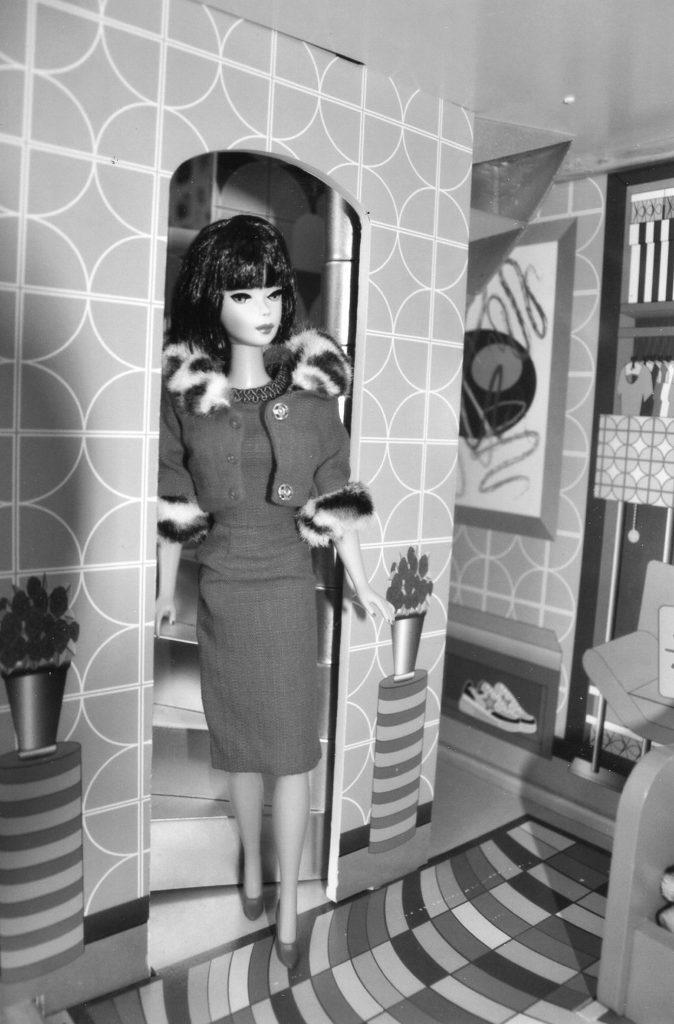
Andrea McCafferty, (2019). Courtesy of the White Room Gallery.
Using her daughter's retro dollhouse and a replica of the 1965 Barbie (which was the first to have bendable legs), Andrea McCafferty creates intriguing scenes and narratives reminiscent of vintage film and television. In her series“The End of the Affair,” a title drawn from a 1950s novel, the Barbie sporting a très chic bob and fur-trimmed coat could be seen as a still from a high drama. Though many of her Barbie-centered images are in color, in this series, McCafferty chose black-and-white to create an Alfred Hitchcock-esque atmosphere. The carefully staged scenes and cinematic quality of the artists images evoke the work of Cindy Sherman's“Untitled Film Stills,” but here, instead, the star is the American icon Barbie.